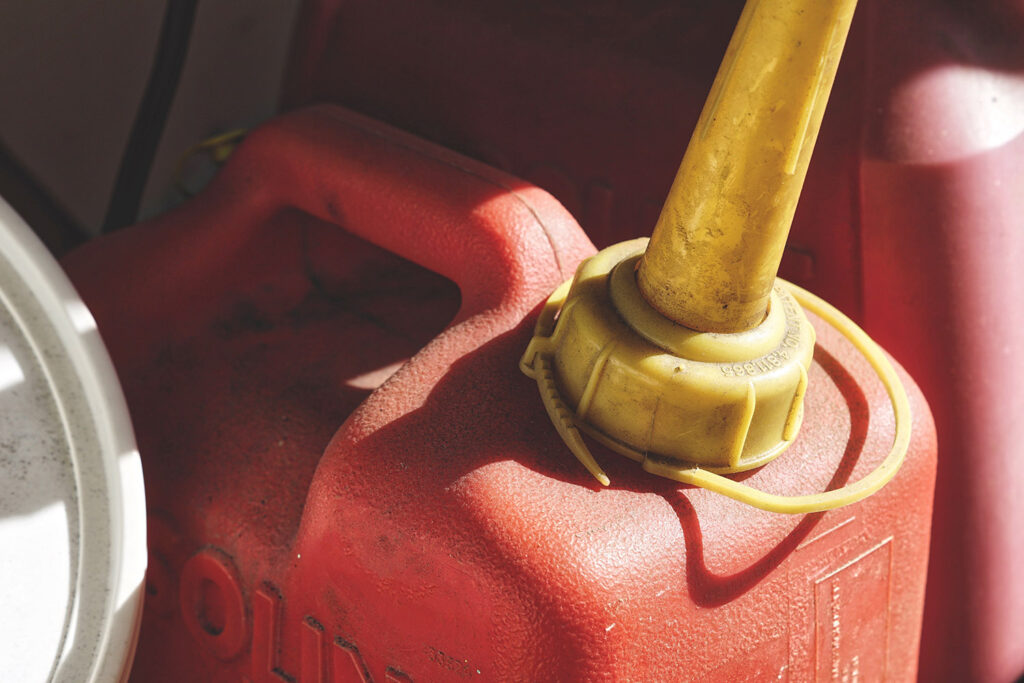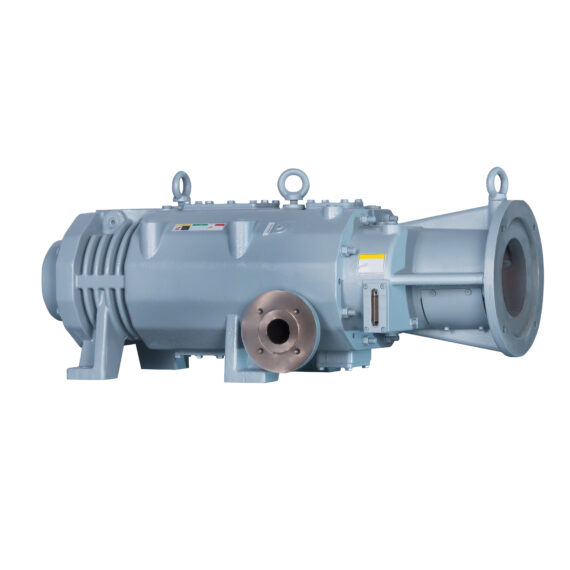
Dry Screw Vacuum Pumps for Vapor Recovery Units
A vapor recovery unit is an apparatus used to collect losses in an industrial process that intakes gasses or vapors. Throughout any process, feedstock vapor is lost as it flows downstream in the system. To cut losses and increase revenue, vapor recovery units utilize vacuum principles and collect lost gasses to recirculate through the system.
There are many types of vapor recovery units, each with their own way of collecting lost gasses. Pressure swing adsorption, absorption, temperature manipulation, and vacuum pressure are some physical manipulations that allow for vapor to be recovered in an efficient manner, but vacuum is of the more efficient processes of the multitude of methods.
Besides losses during manufacturing processes, storage of volatile also builds up gasses that eventually become lost. This is especially true in the case of crude oil storage tanks, where flammable volatile substances build pressure within the tank, increasing risk of explosion and huge losses before fractionating. Vapor loss is an issue when collecting, storing, and purifying methane for use as a fuel source, as well. In the cases where gasses become an issue when built up, vapor recovery units are used.
Generally, a vacuum VRU consists of piping, receiver tanks, and a vacuum pump. The recovered vapors run through the piping, drawn by the negative pressure generated by the vacuum pressure that creates a large pressure differential within the system. The vapor runs through tanks that hold the mechanism to separate the constituents of the gasses and extract that which is to be collected. The rest of the gas is drawn out of the tank and towards the vacuum pump, where it is discharged and exhausted into the atmosphere.
Depending on the mechanism used to extract the vapors, the name of the system differs. For example, a carbon vacuum vapor recovery unit uses activated carbon beds within the receiver tanks. When gasoline or methane fumes enter, they are captured and collected in the beds while the rest of the gas, which is non-condensable and non-combustible, processes through the vacuum pump and is released into the atmosphere.
Applications of Dry Screw Vacuum Pumps
A dry screw vacuum pump is used often for vapor recovery units. This is because the high vacuum level that it generates is able to reliably recover a vast majority of the lost gasses, increasing efficiency and cutting losses significantly.
As was previously stated, vapor recovery units are used for methane collection and circulation in crude oil and methane storage tanks to relieve pressure in the tank as the volatile compounds evaporate within the storage tank. The VRU is also used to control emissions from gasoline and other fuels. This is done not only to cut losses on energy-rich compounds, but also to lessen environmental impact, as most of the fuels are much more effective greenhouse gasses than the carbon dioxide that is emitted after they are fully combusted.
Advantages of Dry Screw Vacuum Pumps
The dry screw vacuum pump is prized for its high vacuum level and energy efficiency. This is partially thanks to the lack of a working fluid. The dry screw vacuum pump, as the name implies, is a dry-running vacuum pump that does not require oil changes or maintenance, working fluid supply lines or a designated circulation system. The limitations of vapor pressure that persist as an issue with working fluid-operating vacuum pumps such as the liquid ring vacuum pump or the oil-flooded rotary vane vacuum pump are nonexistent with the dry screw vacuum pump, along with any concerns of oil contamination of process gasses.
The dry screw vacuum pump can be configured by design with variable pitch, which controls the energy consumption of the pump in real time to conserve energy. Teh dry screw vacuum pump also does not require operation at its maximum rated RPM to generate sufficient levels of vacuum for vapor recovery applications, meaning that it will wear down much more slowly and take much less energy.
NES Company Inc. is proud to offer our NSP Series line of dry twin screw vacuum pumps. Able to reach up to Torr at ultimate vacuum level, the NSP Series is more than capable of reaching above and beyond for vapor recovery. Complete with optional gas ballast kits, exhaust silencer kits, and more, we make sure that any NSP Series dry screw vacuum pump is fully equipped and specialized for any vapor recovery needs. Our optional spare parts kits also help for any simple DIY repairs to be desired so that the pump can be up and running, cutting downtime and operating better than ever.

